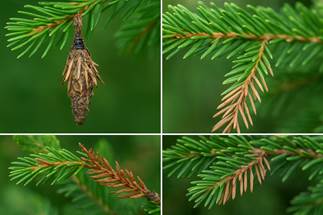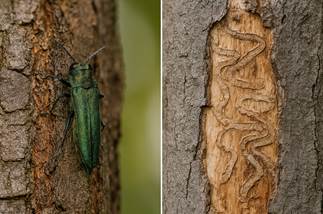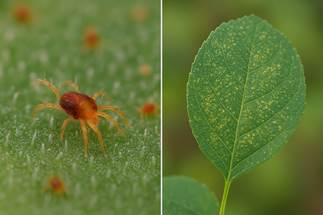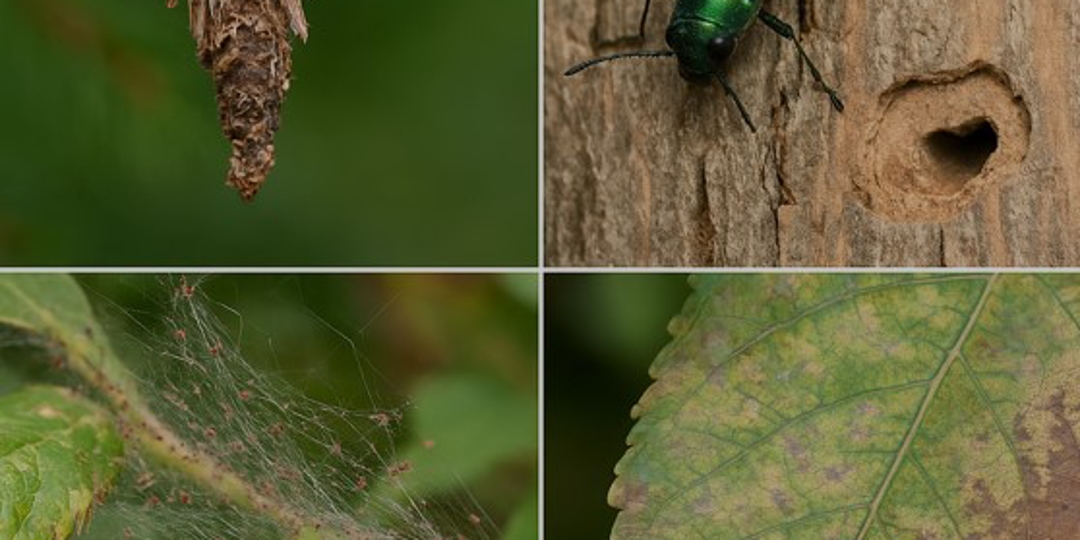Late summer in Charlotte may bring long evenings and lush landscapes—but it also marks peak activity for destructive tree pests. If you’re noticing browning needles, thinning canopies, or sticky residue on your cars or patio furniture, you’re not alone.
Below, we break down the most common tree pests attacking Charlotte landscapes in August, what signs to look for, and how you can stop them before permanent damage occurs.
1. Bagworms: The Silent Defoliators
Bagworms build silk sacs that mimic pinecones or plant debris—making them hard to spot until the damage is done. They target cedars, junipers, arborvitae, and cypress trees, stripping foliage rapidly.
Signs of Infestation:
- Small hanging bags made of silk and plant material
- Browning or thinning foliage on evergreens
- Damage often starts at the top of the tree and works downward
Treatment Options:
- Manual removal of bags (if caught early)
- Targeted insecticide treatments provided by a licensed applicator
Visual Inspection:

2. Borers: The Tree Killers from Within
Borers like the Emerald Ash Borer and Ambrosia Beetles tunnel through trunks and limbs, cutting off nutrient flow. These pests are extremely active in warm months and often go unnoticed until it’s too late.
Signs of Infestation:
- D-shaped or round holes in bark
- Sawdust-like frass at the base of the trunk
- Canopy dieback or sudden branch death
Treatment Options:
- Trunk injections or soil drenches by certified arborists
- Tree Risk Assessments to determine structural stability
Visual Inspection:
3. Spider Mites: The Microscopic Menace
These tiny sap-suckers thrive in hot, dry weather. They’re hard to see, but their damage is highly visible—especially on maples, oaks, and ornamental shrubs.
Signs of Infestation:
- Speckled or bronzed leaves
- Fine webbing along stems and undersides of leaves
- Leaf drop in severe cases
Treatment Options:
- Systemic or foliar miticides
- Soil nutrient applications to boost tree health
Visual Inspection:
Why Professional Tree Pest Control Matters
Pest problems are often symptoms of deeper stress: compacted soil, poor root structure, or drought exposure. Our Plant Health Care (PHC) Program doesn’t just treat pests—it restores tree vitality from the ground up by focusing on soil health.
Check It Out: Professional Plant Health Care Program
What to Do Next
If you suspect a pest infestation, don’t wait for damage to spread. Late summer is the ideal time for a PHC consultation to catch problems early and customize a treatment plan.
Pro Tip:
🌳 Call: (704) 741-4432
🌳 Schedule: Free Estimate
What to Expect
✅ Live Answered Calls
✅ On-Site Evaluations and Proposals in Hours Not Days
✅ Detailed Proposals & Comprehensive Treatment Plans
✅ ISA Certified Arborist | Tree Risk Assessment Qualified (TRAQ) Arborist

